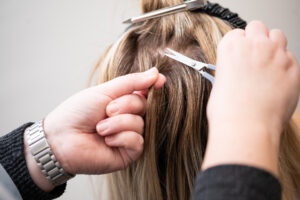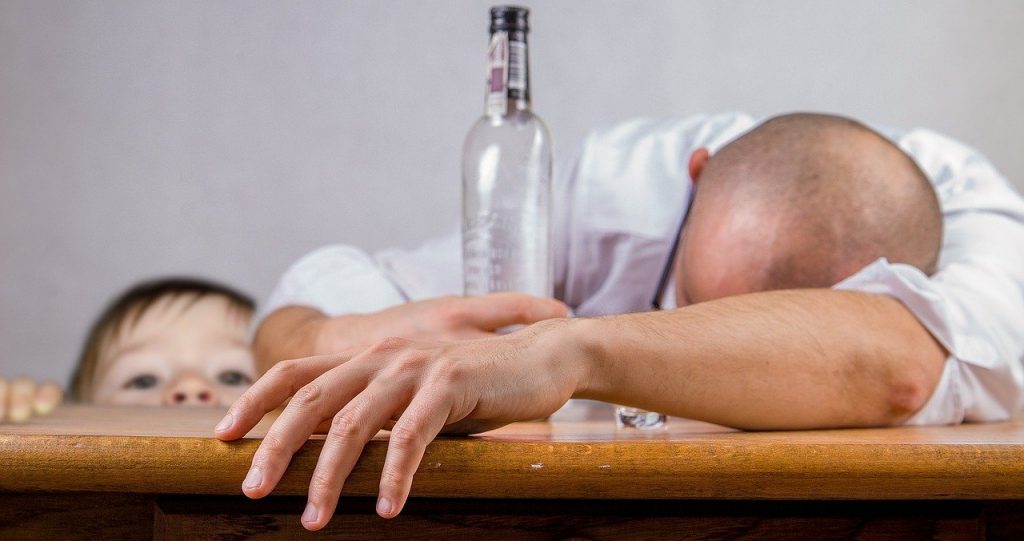How long does alcohol stay in hair?
Head hair alcohol testing works by measuring the biomarkers EtG (Ethyl Glucuronide) and FAEEs (Fatty Acid Ethyl Esters). These alcohol breakdown products (caused by consuming alcohol) are then deposited in the hair via the bloodstream.
They can give a result that reflects the average amount of alcohol consumed. The result will be for the previous 3 or 6 months of drinking. Due to the nature of hair growth, the Society of Hair Testing recommends that a minimum of 3 months of hair growth is used to get reliable results (a 0-3cm sample is all that’s required).
How long does a drug hair test go back?
Head hair alcohol testing

Therefore by comparing the results to the cut-offs provided by the Society of Hair Testing, excess alcohol misuse as an average can be determined over a 3-month period.
Furthermore taking a 6-centimetre sample enables two consecutive timescales to be compared. This may help in assessing whether an individual has increased or decreased their alcohol intake over the 3-month period.
Find out about the extra funding allocated towards drug and alcohol treatment
Hair strand alcohol test results
A hair test can show excess levels of alcohol but not how or when it was consumed, it cannot discriminate between heavy regular drinking and episodic binge drinking. Testing hair for alcohol misuse is one of the most accurate and reliable tests available.
If long-term drinking is a concern, Atkinson Lewis recommends combining a hair test with regular alcohol blood testing or PEth testing in order to gain a clearer picture of an individual’s drinking pattern.
How can a PEth test be used in alcohol testing?
What happens if you have no head hair?
There are alternative tests available if your client has no head hair. In such cases, regular blood tests can be used or regular PEth testing.
Alcohol testing with Atkinson Lewis

We see the initial test as a broad measure only. The first part of a rich evidential picture points towards the truth.
So our standard MIFA report (Medical Interpretation of Forensic Analysis) looks at evidence in the round to help judges make safer, more informed decisions.
Whether the case involves the misuse of drugs or alcohol.
Why do we think it’s important?
This is a critical matter because parental drinking accounts for one in three childhood cases of death or serious injury. It’s vital that we assess every risk with the utmost level of accuracy. Only a thorough personal assessment can achieve this.
Of course, we can barely scratch the surface of this topic in just a few hundred words. So our Medical Director Dr Catherine Pyves often puts together a detailed talk for safeguarding professionals.
This helps look more fully at The Evidential Picture in cases involving alcohol or drugs.
Register interest for a Family Law Solicitors CPD Event
How Can We Help You Today?
We’re here to assist with private and public law cases in the Family Courts. If you’ve got a question, need a cost or you’re ready with an instruction, give us some details and we’ll get back to you quickly.